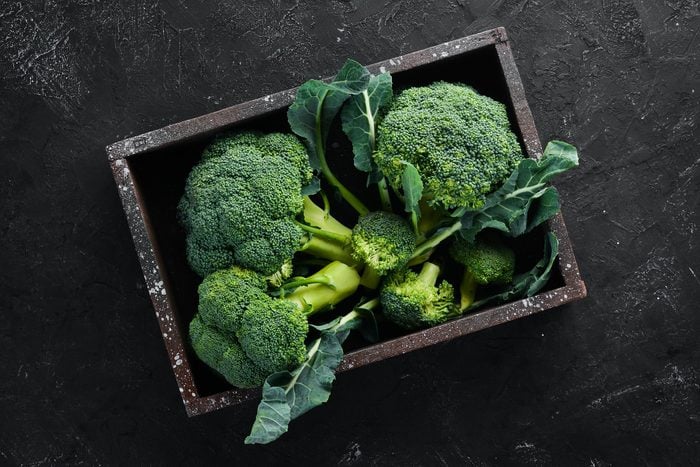
How much fiber is in broccoli?
You’ve heard it before: Fiber is a crucial part of your diet. But, when it comes to fiber intake, Americans are behind on getting the recommended daily amount. According to the Academy of Nutrition and Dietetics, men and women should aim for 25 and 38 grams of fiber per day, respectively.
Many people think of broccoli as a healthy way of getting fiber—one cup of chopped broccoli has five grams. But even though broccoli is a “superfood,” there are even better ways to load up on fiber. “In general, minimally processed plant-based foods will always be your ideal source,” says Rachel Fine, dance nutritionist of To the Pointe Nutrition. “This includes vegetables, fruit with edible peels, legumes, beans, nuts, seeds, [and] grains. These foods offer significantly more nutrition per bite and there is sufficient research supporting their wide array of health benefits.”
Read on down below to see what high-fiber foods you should add to their diet.
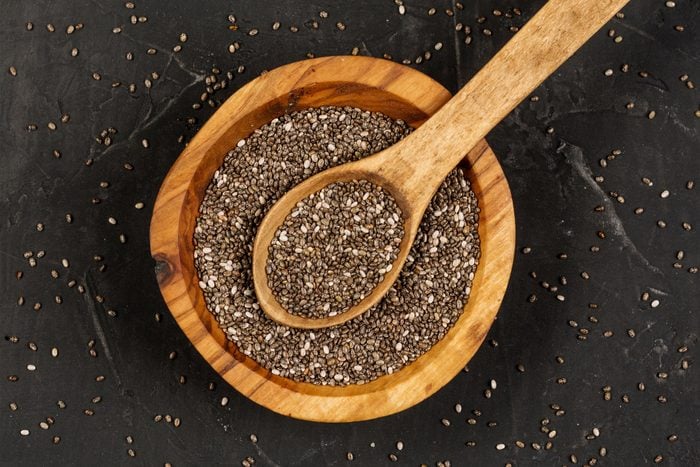
Chia seeds
This edible, Mexico-grown seed has protein, antioxidants, calcium, and healthy omega-3 fatty acids. One ounce delivers about ten grams of fiber, according to the U.S. Department of Agriculture (USDA), more than double the amount found in a cup of broccoli. Incorporate some of these into your cooking and watch how your body changes when you eat more fiber.
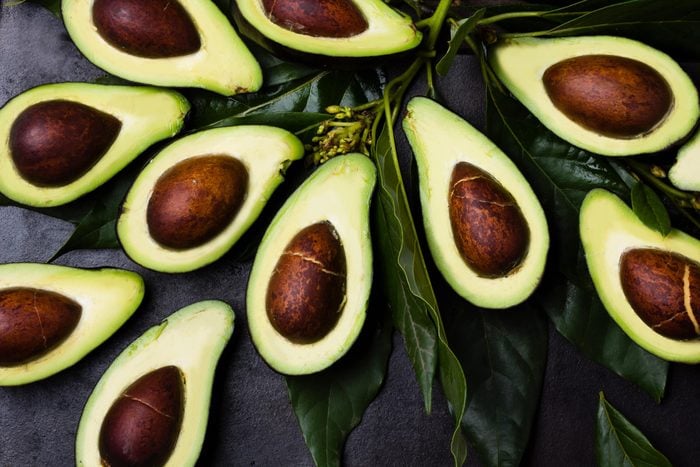
Avocado
New York and Connecticut-based nutritionist Jodi Greebel recommends avocado for anyone looking to kick up their fiber intake. Avocados contain about ten grams of fiber per cup. They can also help lower cholesterol, reduce the risk of heart disease and cancer, and help keep your blood sugar steady—along with these other amazing health benefits.
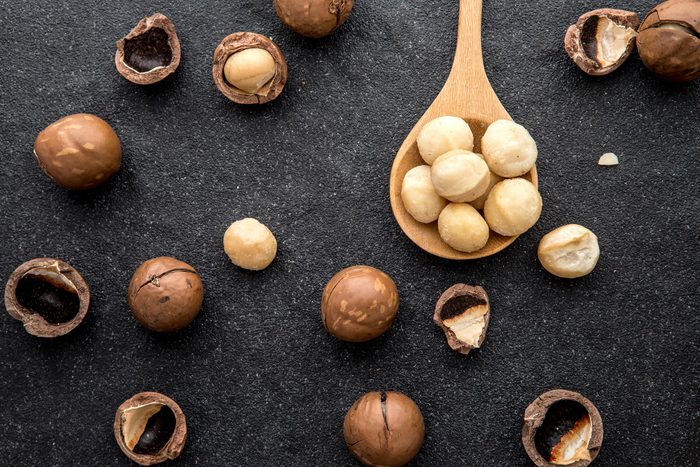
Macadamia nuts
If you’re looking to get more fiber from your snacks, try macadamia nuts. According to Greebel, they have about 12 grams of fiber per cup. You can enjoy them raw or roasted, but they are rich in fat, and although it’s the healthy kind, it’s easy to overdo the calories with these tasty morsels. Plus, check out the top five healthiest nuts you can eat.
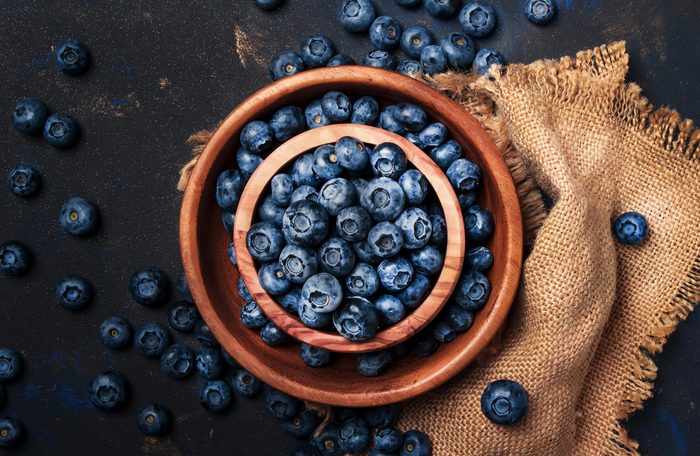
Blueberries
“I often recommend berries to my clients who want to increase their fiber intake but don’t want to eat beans,” says Jessica Cording, RD, in New York City. “Berries are a convenient and delicious way to add fiber to your diet. Raspberries are one of my favorites—you’ll get about nine grams per serving.” One cup of raspberries will also help you get half your daily vitamin C, according to the USDA. This fruit is also low in sugar, but high in anti-aging antioxidants.
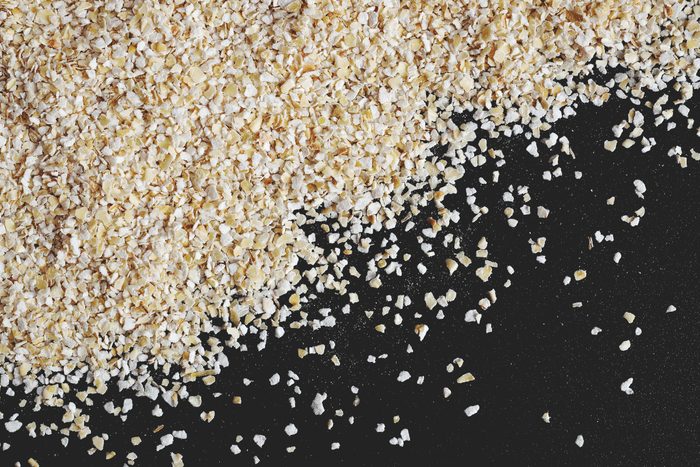
Bran
Greebel likes bran because it has about 14 grams of fiber per cup. This hard outer layer of cereal grains is one of the richest sources of dietary fiber. Eat some in the morning or incorporate it into some stews. It’s one food you can use to potentially help prevent cancer.
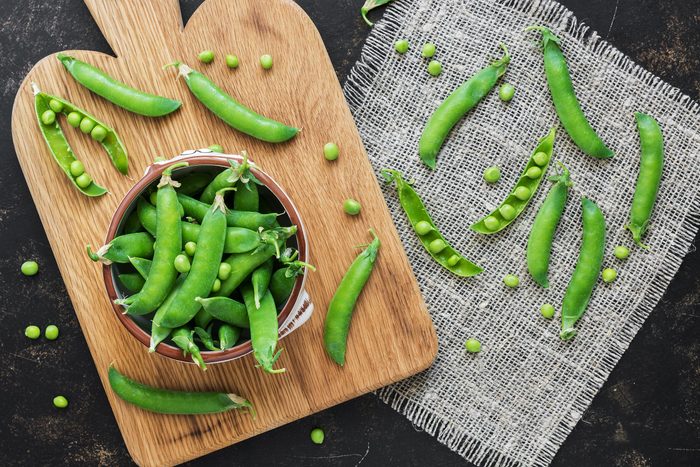
Green peas
Green peas are not only cholesterol-free and low in fat and sodium, but they are loaded with fiber. A cup of peas has eight grams of fiber, according to the USDA. Bonus: They also have 8.5 grams of protein. Split peas are even better—one cup contains 16 grams of fiber.
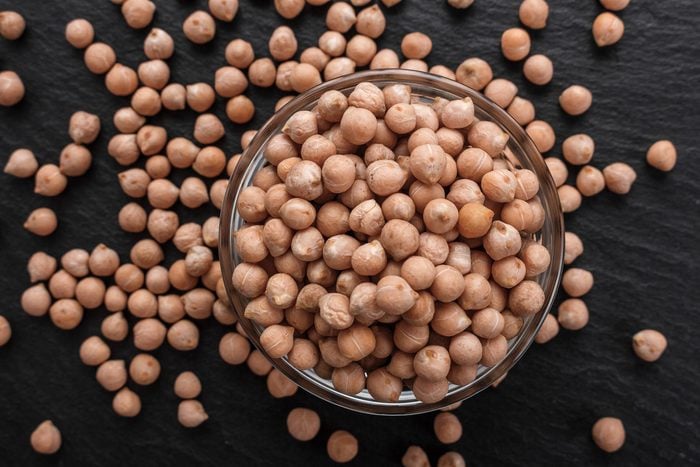
Beans
“Beans are a great source of fiber and can serve up to ten grams per serving depending on the type of bean,” Fine says. Take your pick of garbanzo, kidney, navy, or black beans. Plus, here are 12 delicious canned bean recipes to get inspired.
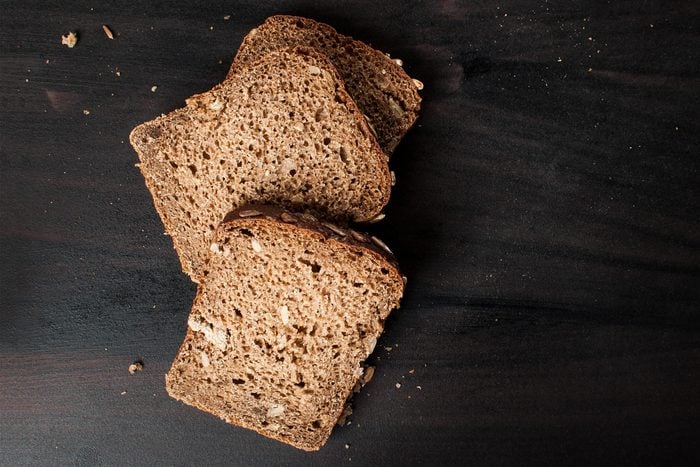
Ezekiel bread
The heartier and chewier the bread, the more fiber it contains, usually: That’s why Fine recommends minimally processed Ezekiel bread. It’s made from freshly sprouted grains; two slices of some brands can have up to six grams of fiber. Check the reasons why you should eat more bread.
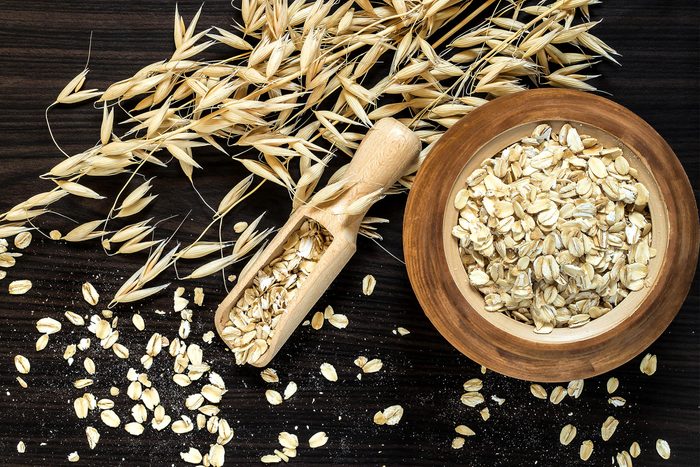
Oats
You can easily work some more fiber into your breakfast with morning oats. A cup contains eight grams of fiber, according to Greebel. You can try cooking oats in a variety of ways, but many people love overnight oats as a way to start their morning—get the overnight oats recipe here.
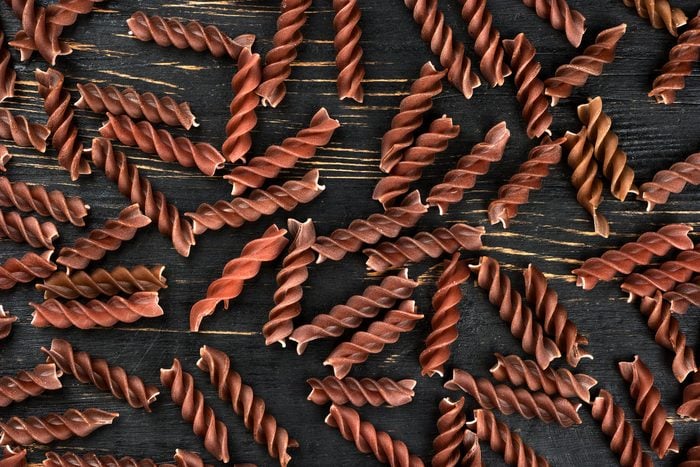
Whole wheat pasta
Traditional pasta is made from flour and removes a lot of the wheat’s grain—and that means less fiber. So opt for a whole grain variety to restore fiber to your diet: A cup can deliver up to 6.3 grams of fiber. Now, keeping these ingredients in mind, you can try these high fiber recipes that’ll help you lose weight.